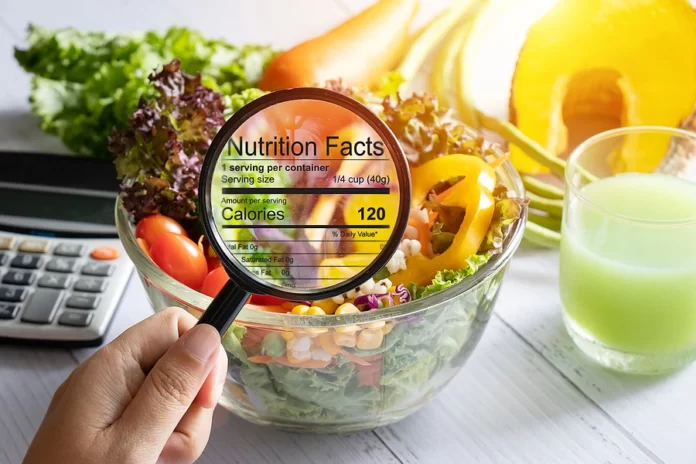What Is Food Transparency?
Food transparency is all about knowing where your food comes from, what’s in it and how it’s made.
It’s a way for companies to share information with the consumer. In this article, we’ll discuss exactly how food transparency is helping customers make healthier food choices.
People Also Read
Who’s Providing Food Transparency?
You will find food transparency information in a variety of formats, depending on the source. Grocery stores may post nutrition data for all the foods they sell, or simply provide access to government databases like the USDA’s FoodKeeper app. Restaurants can be more difficult, and while some chains are starting to publish comprehensive nutrition data, it’s still more common to find just a few select menu items listed in this way. Food manufacturers may list nutritional facts and ingredient information directly on their packaging, or provide it online through their websites. Consumer groups and non-profit organizations can also be very helpful sources of information about food transparency—they aim to promote safe practices among food producers, so you can trust that their work on this issue is well-researched and unbiased.
On top of these resources provided by major corporations and institutions, there are many smaller entities out there who specialize solely in providing consumers with information about food safety: apps that offer quick and easy access to verified product data; social media accounts that act as clearinghouses for news about related issues; blogs dedicated entirely to keeping people informed about what goes into their food. The more transparent we all are about our opinions, needs and beliefs regarding the question of how we want our meals made—and how much we care about what goes into them—the better equipped all those involved in the production process will be to meet our needs.
Transparent Food Labels, Healthier Food Choices
All this confusion has lead to many of us making food choices that aren’t always in our best interests. Fortunately, there are some organizations that are working to change this by providing transparent and honest information about the food we eat. In the following article, you’ll learn more about why your food choices matter, what the benefits of food transparency are, and how you can find more information about food transparency and make healthier eating choices for yourself.
Know What Different Labels Mean
One of the key appeals of food transparency is that it allows you to be your own advocate. You can take control of your own health and make better decisions for yourself when it comes to what you eat. When you can identify misleading information or spot a product that’s healthier than another, then you’re empowered with knowledge.
Take the time to understand what various labels on food mean, and don’t forget to look out for products labeled as “natural,” as well. There are no regulations when it comes to labeling something as natural, so this term is essentially meaningless when applied to products marketed as such.
Here are some labels you should know:
USDA Organic: This means that products were produced without the use of synthetic pesticides, synthetic hormones, antibiotics, GMOs, or sewage sludge. They must also be produced on land that has been free of banned substances for at least three years and cannot be irradiated.
Free-Range: This label only applies to meat—not eggs or dairy—and means that the animal is allowed access to a fenced outdoor area during its lifetime. However, the outdoor areas are often too small to meet basic animal needs and don’t necessarily allow unlimited roaming time.
Gluten-Free: If you’re trying to avoid gluten for health reasons or because of an allergy, look for this certification (from an FDA third party). Certified gluten-free products ensure there are less than 20 parts per million of gluten in the final product. (Note: The gluten-free label does not apply to cross-contamination.)
Non-GMO Project Verified: To put it simply: no genetically modified ingredients were used in foods with this label. It helps with both GMO avoidance and transparency by showing the exact ingredients used and where they come from.
All these labels offer some level of transparency when it comes to food production practices (or lack thereof) but may not address all your concerns when making a purchasing decision. For example, if you care about the humane treatment of animals and health practices related to farming methods like irrigation or water quality.
Final thoughts on Food Transparency
As the food industry continues to grow and evolve, transparency is more important than ever. Today’s consumers are more conscious about what they eat, but with less free time on their hands, it’s become increasingly difficult for them to make the right choices. It’s up to companies to provide that information in an easy-to-understand way so customers can make informed decisions—about their health and the environment—without having to do a ton of research.














